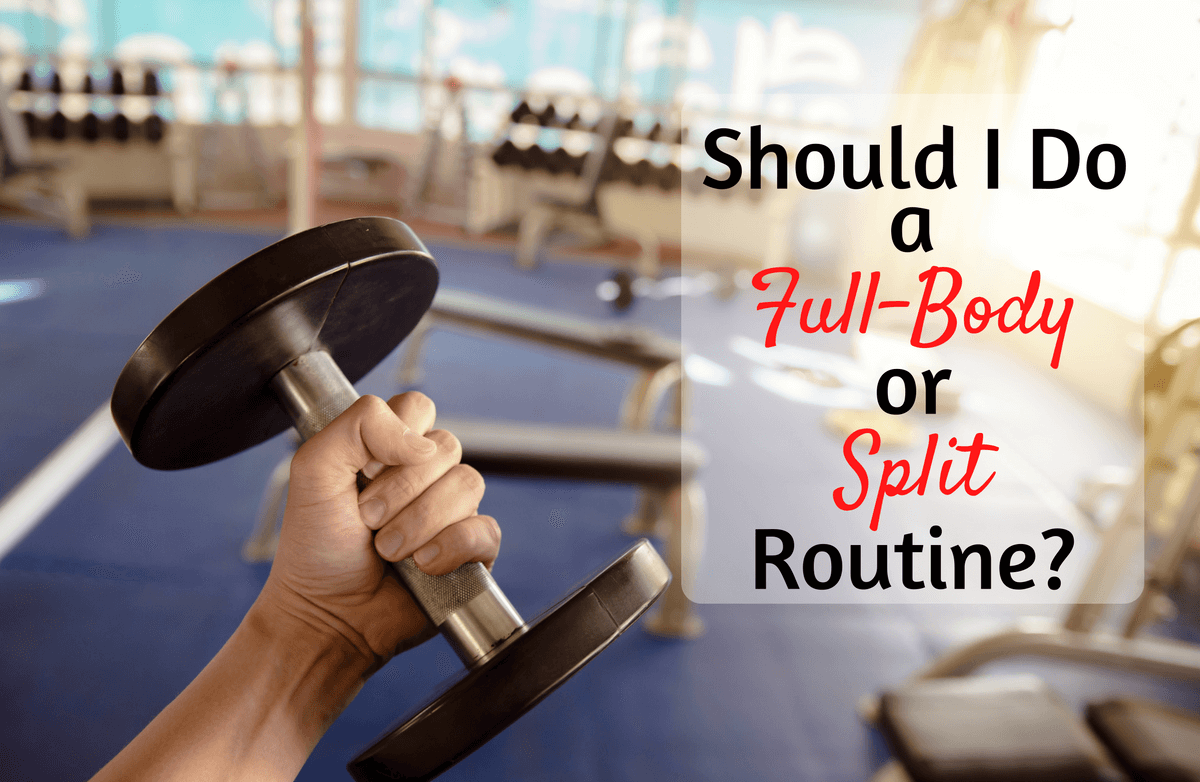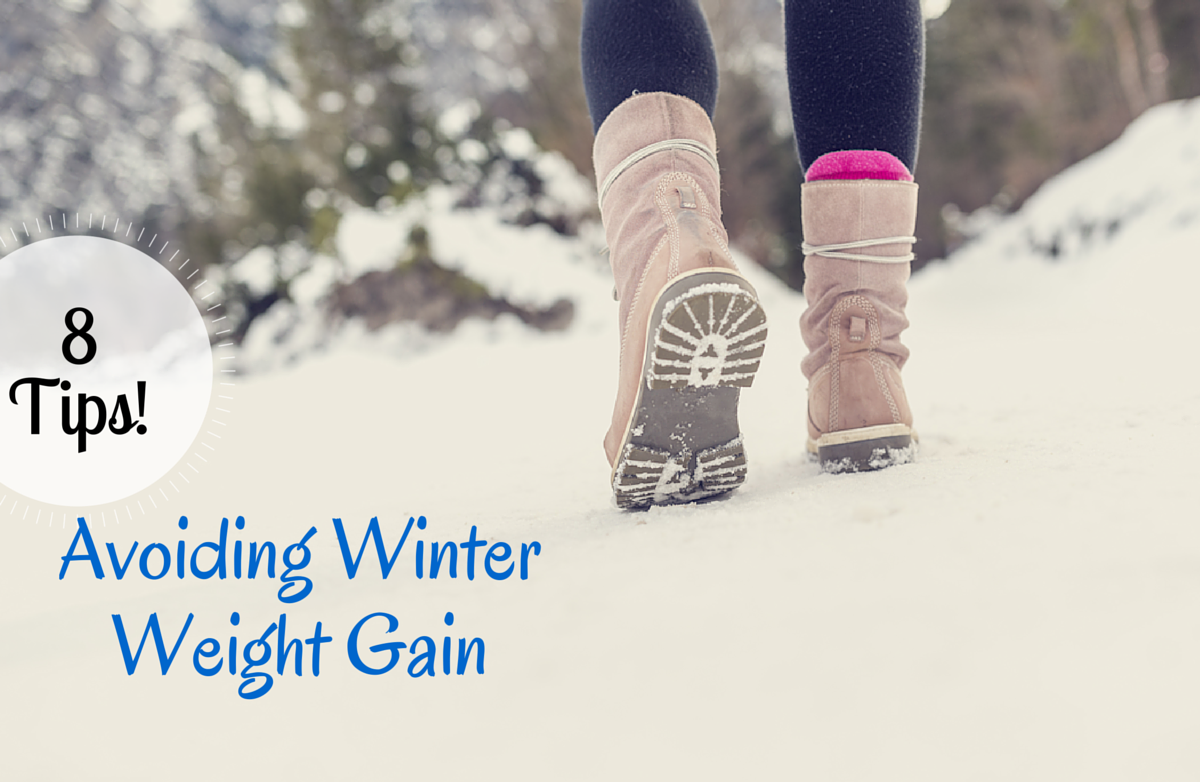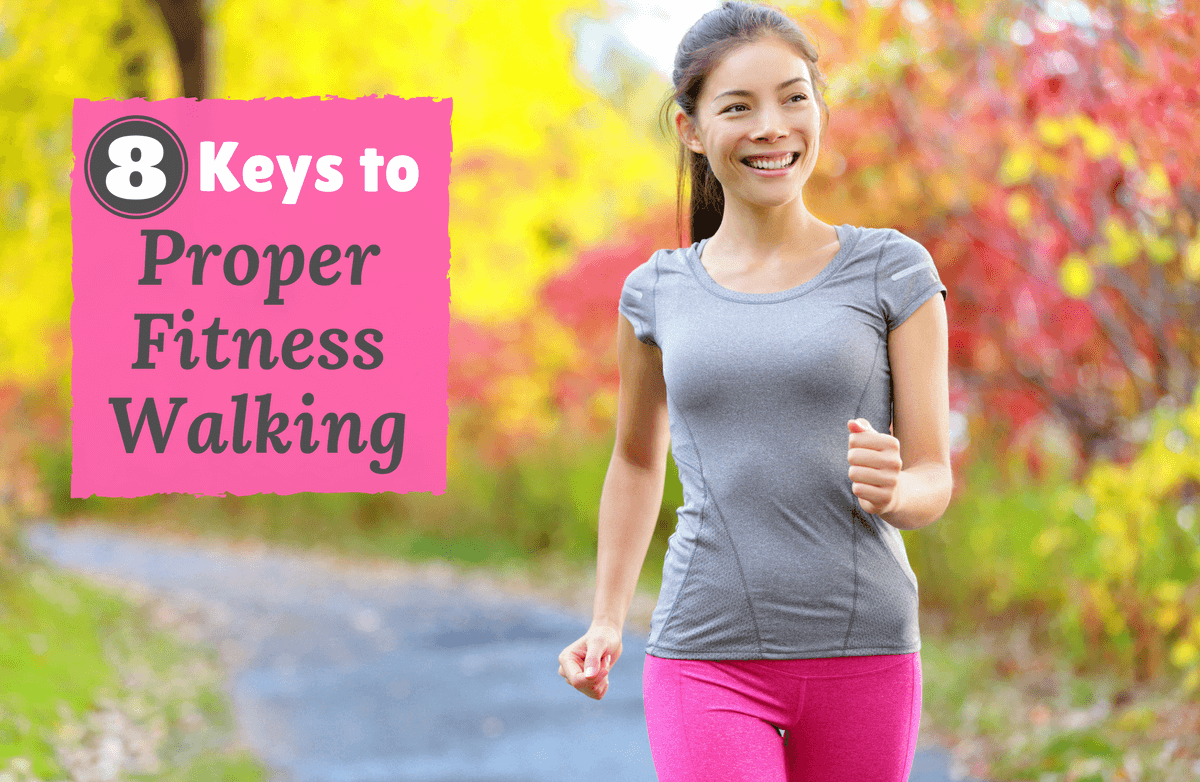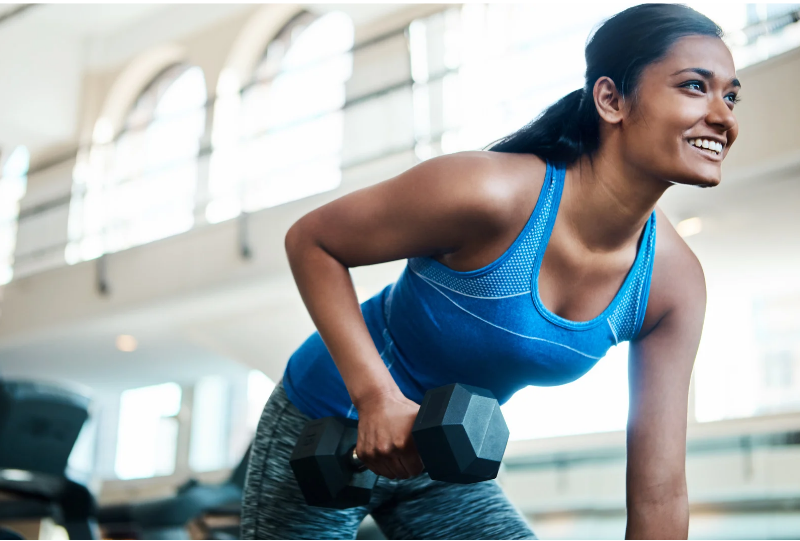Walking is one of the easiest, fastest and safest ways to get your recommended daily amount of exercise. And although walking around the block is a no-frills way to get your steps in, what do you do when it's dark, rainy, or too hot or too cold to spend more than just a few minutes outside? That's where the treadmill comes in. The treadmill, either one that you've purchased for your home or one that you hop on at the gym, is the perfect piece of workout equipment. It's ready whenever you are, no matter what the weather (as long as you have electricity, that is).
Take the Right Step Forward
Although each treadmill is a little different, all treadmills have two basic buttons: the "start" button and the "stop" button. The start button is usually large and green, and the stop button is usually large and red. Just like a traffic light, green means go and red means stop. To get started on the treadmill, stand directly on the belt. For safety, almost all treadmills are equipped with an automatic stop-button function. Find this safety mechanism—it's usually a clip or pin—and attach it to the band of your workout shorts or pants. Make sure the other end is attached to the treadmill (it's usually a magnet). This way, if you happen to trip or fall, you'll automatically pull the safety cord, stopping the treadmill in its tracks. It's probably rare that this safety mechanism needs to be used, but it's good protection nonetheless!
Next, look for the green start button and be ready to move those legs. As soon as you hit the start button, some treadmills will start moving (usually slowly). Others (typically the most expensive, commercial ones) will ask you for some information first. Using a number pad (if available) or up and down arrows, enter the information that the treadmill is asking for. Most treadmills want your age, weight, height and gender, which is a good thing; the more information it asks for, the more accurate the calories-burned estimate will be. Some treadmills may also ask you if you have a time goal (this means how many minutes you'd like to work out) or if you'd like to follow one of its programs or use the manual option. For beginners, the manual option is a good choice so that you can play around with the speed and incline as needed.
Once you've entered your information, you'll probably need to hit enter or the start button again if your treadmill isn't moving yet. Once you do that, expect the belt to start moving and walk naturally with it—just like you would if you were walking outside. Start slowly, but play around with increasing the speed (do this slowly so as to not push yourself too hard too quickly) and the incline. One of the best benefits of a treadmill is that you can monitor and adjust your pace precisely during walks and/or runs as you want. You can also replicate hills by bumping up the incline button, which is a fabulous way to build muscle, target your glutes, and burn more calories.
If at any point you need to pause your workout or take a break, hit the stop button. The treadmill will slowly decrease its speed and come to a stop. Most treadmills will give you the option of restarting your current workout by hitting the green button again to start. If you've completed your workout, simply hit the red stop button again. Then you're done! And if you chose a timed workout, then at the end of your allotted time, expect the treadmill to slow down to a slower speed. Most new treadmills, especially the ones at health clubs, will have a built in two- to five-minute cool down. Talk about easy!
A note about handles: While the handles can aid in balance, leaning too much of your weight into the handles of the machine will decrease your workout intensity and burn far fewer calories. Try to use the handles only temporarily, such as when you first hop on the treadmill and find your footing, or if you have to pause the treadmill. Some handlebars and consoles have heart-rate-monitoring sensors embedded in them to measure your workout intensity. These are generally less accurate than conventional heart rate monitors with chest straps, but can help you quickly check your heart rate from time to time. It is not necessary to hold onto these monitors during your entire workout; instead, grab them occasionally for a heart rate check to ensure you're working at the proper intensity, then resume walking or running while pumping your arms at your sides
Treadmill Tips
1. Start slow. Begin walking at a pace of 2 to 2.5 miles per hour for a few minutes. Then increase your speed to 3 to 3.5 miles per hour for a more challenging workout, if that's appropriate for your fitness level. Play around with the speed and incline to find a level that gets your heart pumping, but still allows you to carry on a choppy conversation.
2. Don't look down. As you walk or run, keep your shoulders back and your chin up. Don't look down at your feet. And unless you have balance problems, do not hang on to the handrails, especially when running. If you cannot walk or run without holding on, then you need to decrease your speed or the incline. Also try to be light on your feet, not stomp on the treadmill. It's easier on the joints and better for your form if you walk as normally as possible, with a heel-to-toe motion, and to run with proper form by striking the belt with your forefoot first—not your heel.
3. Pay attention. Try to walk in a straight line at the center of the treadmill belt and pay attention to what you're doing. You may be tempted to look up at a television or read a magazine, but don't get distracted until you're very, very comfortable
4. Don't be afraid to ask questions. If you belong to a health club or fitness center, don't be afraid to ask someone on staff how to get started on the treadmill. They can tell you how the different programs
5. Consider buying one. Once you know how treadmills work, you may be tempted to add one to your home gym. A treadmill is an incredible piece of equipment to have at your convenience. Once you're ready to buy, make a list of features that are important to you. Do you feel more comfortable on a wide belt? Do you love the heart rate monitor? Does it have to be quiet or compact? Write down the must-have traits and take it to your local sporting goods or fitness-equipment specialty store. Hop on all of the treadmills there that are within your price range and test them against your must-have list. Because buying a treadmill is an expensive and important purchase, don't be swayed by discounts or high-pressure salespeople. Make the right decision for you! And definitely do some research before taking one home.
See how good of a friend the treadmill can be? Now hop on! After following this guide, it shouldn't be long before other people are asking you for help getting started with the treadmill!
This article has been reviewed and approved by fitness experts Jen Mueller and Nicole Nichols.












